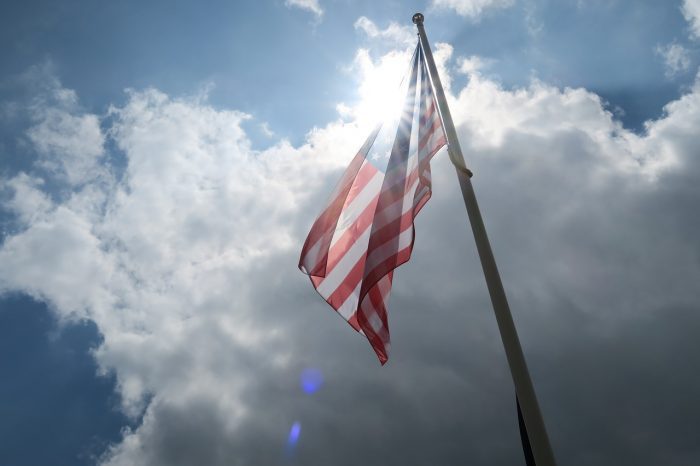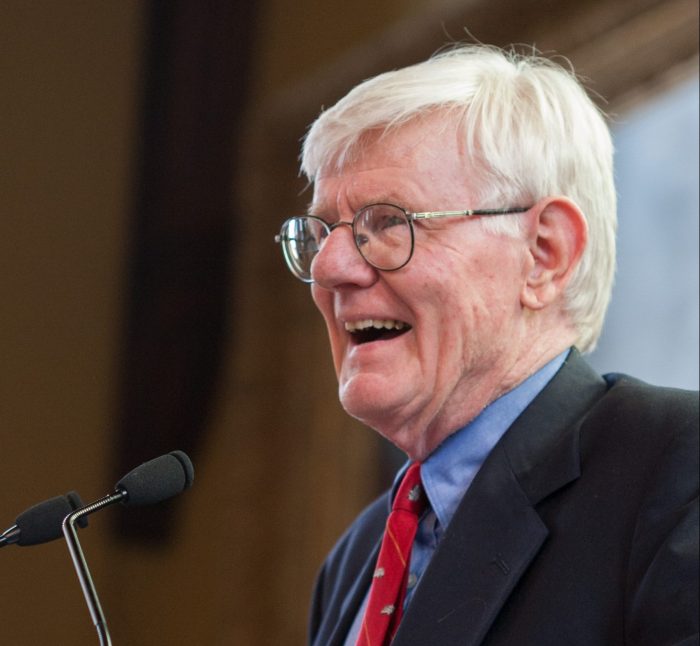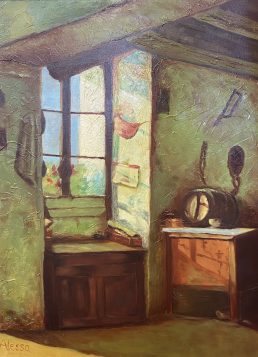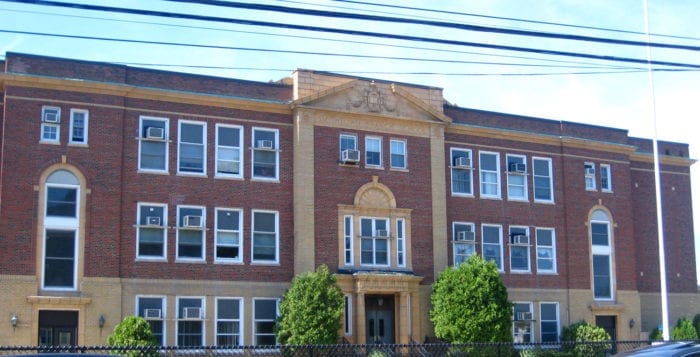By Emma Gutmann
For 77 years, the Guide Dog Foundation, at 371 Jericho Turnpike in Smithtown, has used small classes, individualized instruction and generosity to turn the $50,000 expense of breeding, raising, training and placing an assistance dog into a purely joyful human right for those who are blind or experience low vision or other disabilities.
At no cost to the individual, the GDF provides a welcoming, reputable community and matches each student with the perfect canine companion. Volunteering is the gear that keeps the operation going.
In a phone interview, Puppy Program Manager Lorin Bruzzese said that while every helping hand is valuable, puppy raisers are the heart of the operation. Raisers are responsible for housing, training and caring for a foundation puppy from eight weeks to 16 months old. While the pups may be hard to let go, Bruzzese considered puppy raising a gratifying and enriching opportunity.
“You know you’re involved in a beautiful dog’s life and their upbringing, but it’s not really letting go,” Bruzzese said. “It’s gaining so much when you’re able to see how they impact somebody really special.”
Variations of the puppy raiser role include breeder caretakers, who care for adult breeder dogs in between sessions, and litter hosts, who take in a litter of future guide puppies and their mother for six weeks.
For shorter-term commitments, one might become a puppy camper, taking pups for two to three weeks at a time when extra help is needed. Similarly, temporary home volunteers open their fenced-in, dog-safe homes to a puppy or adult dog for an agreed-upon timeframe.
There are also plenty of opportunities for those allergic to dogs, partial to cats or otherwise unable to host. Non-canine-related volunteering on the Smithtown campus consists of serving meals to students or clerical work.
Young volunteers looking for community service might arrange a toy drive or puppy shower with the help of accessible resources like GDF’s Amazon Wish List. They can also distribute flyers looking for puppy raisers around their neighborhoods to assist with outreach.
The volunteer services team continues to invent new and modify existing roles to meet the foundation’s needs. The Taxi Team has been expanded as the organization searches for volunteers willing to travel long distances to transport dogs, clients and volunteers along the East Coast. With the vehicle and travel expenses provided, the Taxi Team is only asked to donate their time.
For the community’s continued efforts, the GDF hosted an appreciation event on Saturday, June 10.
“At Volunteer Recognition Day, we provide interaction with our staff, different events and ways to make keepsakes,” Bruzzese said. “We have the acknowledgment of each person’s role. They add ribbons to their name tags with all of the different ways that they’ve been involved in supporting our program. We also held a graduation ceremony for some of our guide dog clients.”
In an email, Allison Storck, director of marketing and public relations at GDF, said people of any age or skill set could find a volunteer role that suits them.
“The first step is to apply online on our website,” Storck said. “There is a web page with all the current opportunities listed, and by clicking on a button for the volunteer position, it will bring you to the appropriate application.”
She added, “Every volunteer attends an Introduction to Volunteering class and then the appropriate training class for the position.”
Even a simple donation through the foundation’s website will help improve the lives of puppies and their companions. The Allen E. & Patricia M. Murray Foundation will match all gifts up to $34,000 made on July 13 for Giving Bark Thursday.
To begin your journey, visit www.guidedog.org.



















